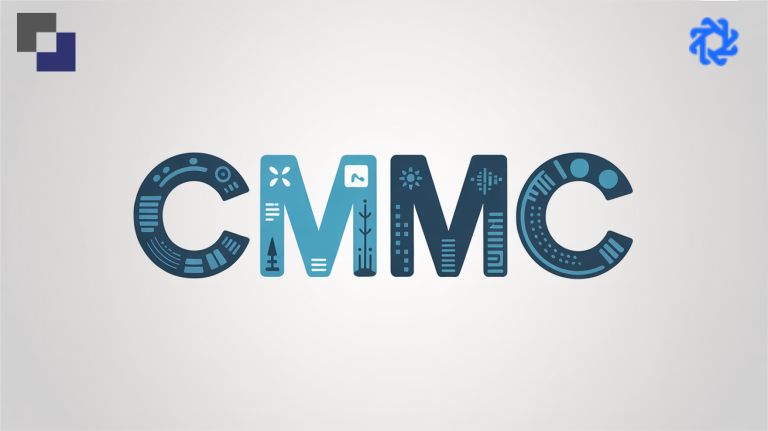Article written by Mark Jackolski, ShellProof Security
As MSPs expand into compliance services, hiring the right talent is essential to deliver value and meet the growing demands of regulatory adherence. Compliance isn’t just about technology, it integrates processes, tools, and people to help clients achieve and maintain standards while minimizing risks. For MSPs, this requires building a team with specialized roles that go beyond traditional IT support, focusing instead on proactive management and strategic alignment with compliance requirements.
The hiring process for compliance roles should be deliberate and aligned with the MSP’s broader service goals. MSPs need individuals who are not only technically skilled but also adept at communicating with clients, understanding regulatory frameworks, and anticipating compliance challenges. Whether filling these roles with internal hires, external recruits, or partnerships, MSPs must prioritize candidates with the ability to bridge gaps between technical execution and compliance strategy. The right team will help position the MSP as a trusted advisor, providing clients with confidence in their compliance efforts and strengthening long-term relationships.
Below are three critical roles MSPs should focus on hiring or developing to excel in compliance services. These roles are integral to maintaining compliance standards, proactively addressing risks, and ensuring client systems stay operationally secure and aligned with regulatory expectations.
Technical Account Manager (TAM)
The TAM acts as the bridge between the MSP and its clients, ensuring that compliance requirements are clearly understood and effectively addressed. TAMs are deeply familiar with the organization’s documented compliance practices and work to proactively address client concerns by offering tailored solutions. This role includes guiding tactical solution designs, implementing configuration updates, and ensuring compliance related projects are delivered seamlessly. Additionally, TAMs may participate in change advisory boards, where they approve or disapprove changes within a client’s environment, and they actively monitor unapproved changes to protect compliance and system integrity. They often are involved in QBRs and align client needs with compliance initiatives, TAMs ensure that compliance becomes an integral part of service delivery rather than an afterthought.
Security Analyst
The Security Analyst plays a crucial role in maintaining the health and compliance of security tools and processes. They proactively monitor and analyze security tools to ensure alignment with the client’s documented compliance requirements. This involves verifying that all systems are equipped with the necessary tools, such as antivirus, endpoint monitoring, and logging solutions, and addressing any gaps. Security Analysts also respond to alerts from tools like SIEMs, MDR platforms, and vulnerability scans. When incidents arise, they assist in the response efforts to escalate concerns to the appropriate teams. Through diligent monitoring and response, the Security Analyst ensures that the security monitoring tools are working as expected and analysis of events and incident escalation.
Proactive NOC Engineer
The Proactive Network Operations Center (NOC) Engineer is responsible for routine maintenance to ensure systems remain compliant and operationally sound. This role involves managing critical tasks like patching, backups, and network health checks on a strict and predictable schedule. Proactive NOC Engineers are also tasked with identifying and addressing compliance gaps, such as missing antivirus protection, inconsistent MFA enforcement, or deviations from organizational configuration standards. When they identify significant issues, they escalate them to the TAM for further action. By ensuring the ongoing health of systems and addressing potential risks proactively, NOC Engineers play a pivotal role in maintaining operational continuity and supporting the MSP’s compliance objectives.




